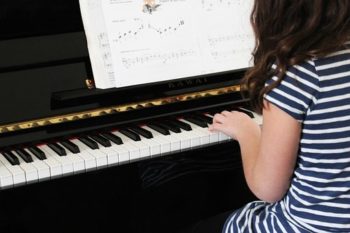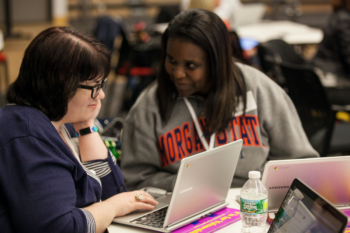 Washer and Dryer Dilemma
Washer and Dryer Dilemma
by P J Caposey, Guest Blogger
I often use this question when speaking to educators, but it applies (perhaps even more directly) to parents as well.
At what age should children start doing their own laundry?
I would argue that the earliest a child could start doing their own laundry is as soon as they can read and safely reach all of the appropriate buttons, soaps, and other necessary components to running a washer and dryer. I assert that a child should start doing their own laundry commensurate with the skills and lessons you are intending to teach them. Context matters. [Read more…]


 Purposeful Parenting and Overcoming Challenges
Purposeful Parenting and Overcoming Challenges Embrace and Learn from Mistakes and Challenges
Embrace and Learn from Mistakes and Challenges Purposeful Parenting Pointers
Purposeful Parenting Pointers Managing Daily Family Life
Managing Daily Family Life